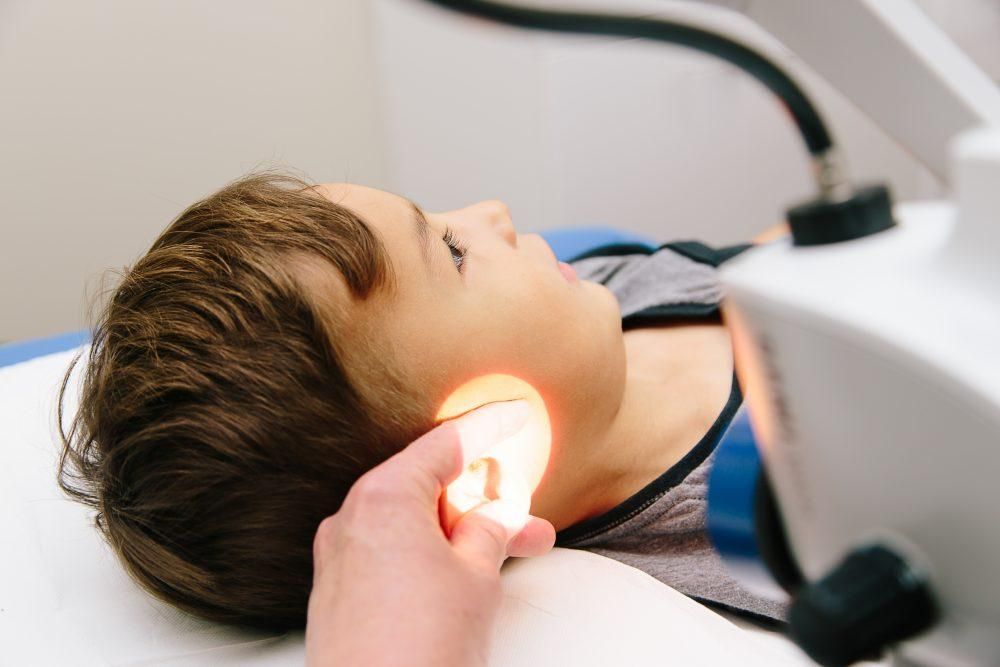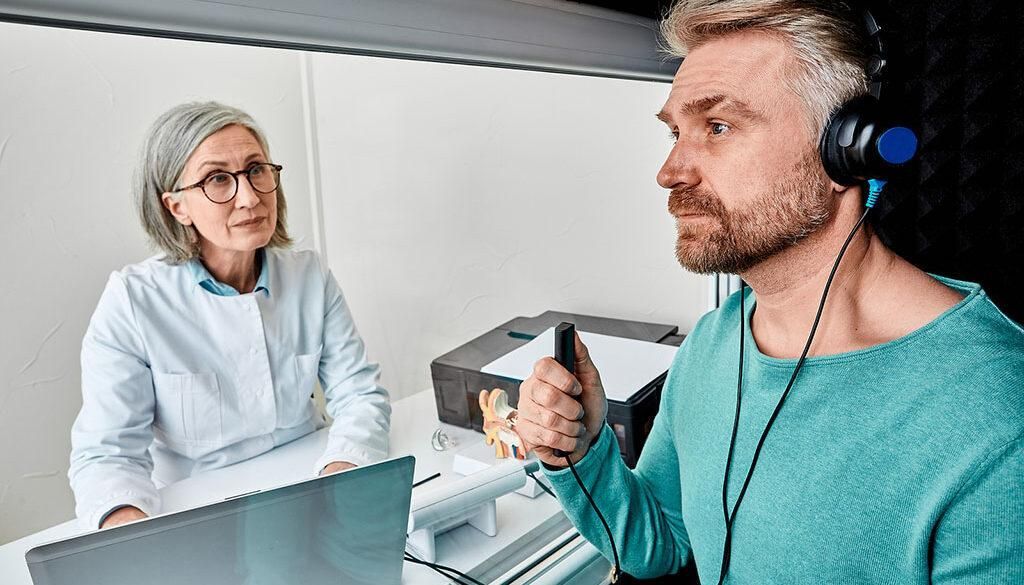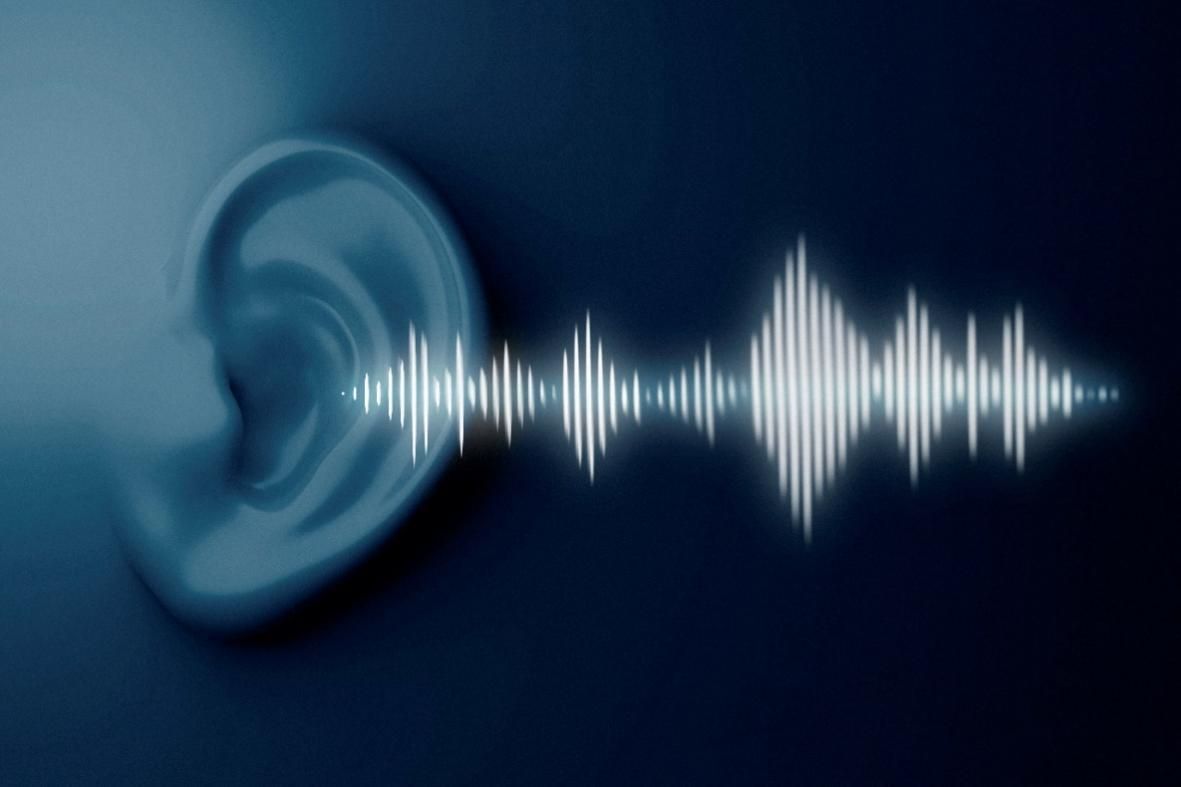Microsuction Ear Wax Removal in Ealing – A Complete Guide to Your Appointment
Ear wax isn’t a bad thing; in fact, it protects your ears. But when it builds up too much, it can cause problems. People often notice muffled hearing, dizziness, or even a full “blocked” sensation that doesn’t go away.
A 2020 study published in the British Journal of General Practice found that dizziness and reduced hearing were the most common complaints in patients with impacted ear wax. The study also noted that community clinics (such as local hearing centres) play a vital role in making ear care accessible, avoiding long waits for hospital treatment.
So, if you’re in Ealing and struggling with blocked ears, microsuction is one of the safest and quickest ways to get relief. But what actually happens when you book? Let’s walk through it step by step.
What Exactly Is Microsuction?
Microsuction is a method of clearing wax from the ear canal using a tiny suction device. It’s done under direct vision with a microscope, so the specialist can see exactly what’s happening inside your ear.
If you’ve ever had syringing before (where water is pushed into the ear), you’ll know it can feel a bit messy. Microsuction is different: no water, no flushing — just careful, precise removal. That’s why many hearing-care professionals now recommend it over older methods.
Why So Many People Choose Microsuction in Ealing
More people in Ealing are choosing microsuction because it works — and quickly. A study of 159 patients found that microsuction successfully cleared wax in 91% of cases.
There can be mild side effects. Around 55% of patients reported dizziness, temporary reduced hearing, or that sounds were unusually loud during the procedure; however, most of these effects were short-lived. Importantly, using softening drops before treatment made the experience more comfortable for many people.
What makes it appealing for people in Ealing is the balance of safety and convenience. Because no water is used, the risk of infection is lower, and appointments are usually completed in under 30 minutes, making it easy to fit into a lunch break or busy schedule.
Getting Ready for Your Appointment
The great thing about microsuction is that it doesn’t need much preparation. In most cases, you can simply book and attend your appointment. Sometimes, your audiologist might suggest using olive oil drops for a few days to soften the wax, but it isn’t always necessary.
A couple of tips before you go:
- Bring along any details about past ear problems or surgery.
- Take your hearing aids with you if you use them so they can be checked once the wax is removed.
- And most importantly, don’t worry. The process is very easy, and most people are surprised at how quick it feels. Your audiologist won’t just dive in; they’ll explain each step so you’re comfortable.
What Happens During the Appointment

First, they’ll take a look inside your ear with a small light or microscope to see where the wax is. Then they’ll talk you through what will happen so there are no surprises. Finally, you’ll sit back while the clinician uses a tiny suction device to clear the wax.
It may sound odd at first, kind of like a hoover, but most people say it feels more like a tickle than pain. The whole thing is quick, and many people are surprised at how easy it feels.
Afterwards, your hearing often feels instantly clearer.
Aftercare and What to Expect
Straight after your appointment, it’s common to notice a big improvement in hearing. Some describe it as though their ears “pop” open. Your ears might feel a little sensitive for a short while, but this usually settles down quickly.
To keep things comfortable:
- Avoid poking your ears with cotton buds (they tend to push wax further in).
- Try to keep your ears dry for the rest of the day.
- If you often get blocked ears, ask your audiologist how often you should come back. For some it’s once a year; for others, it’s more frequent.
Booking an Appointment in Ealing
Living with blocked ears is frustrating. It can make conversations harder, affect your balance, and even interfere with hearing aids. Thankfully, relief is usually just one appointment away.
If your ears feel blocked, or sounds seem muffled, or you have noticed that ‘full’ feeling on one side it could be caused by wax. At Ealing Hearing Centre, the team carries out microsuction every day in a calm, friendly setting. They’ll explain each step, make sure you’re comfortable, and help you walk away hearing clearly again.



